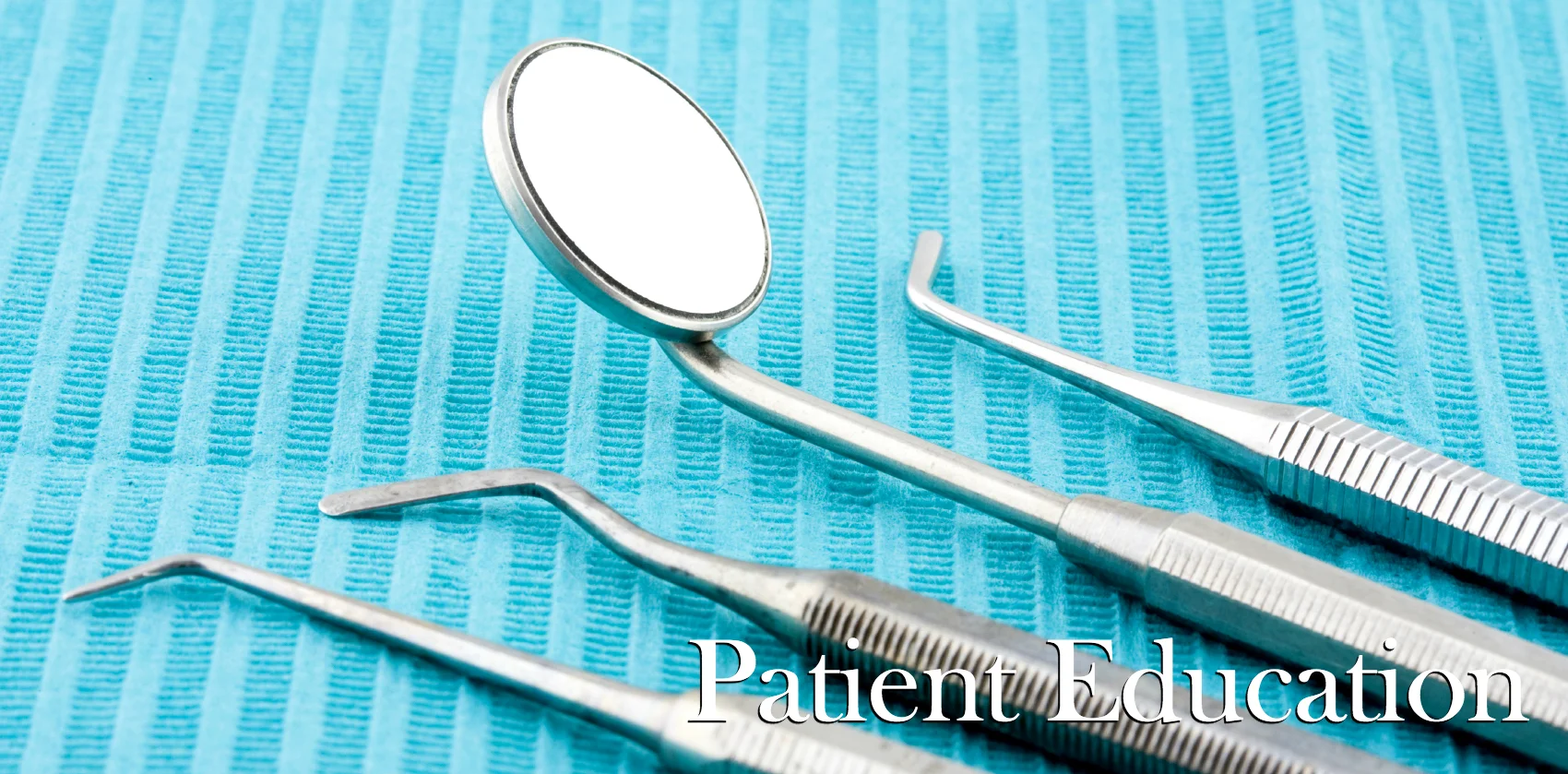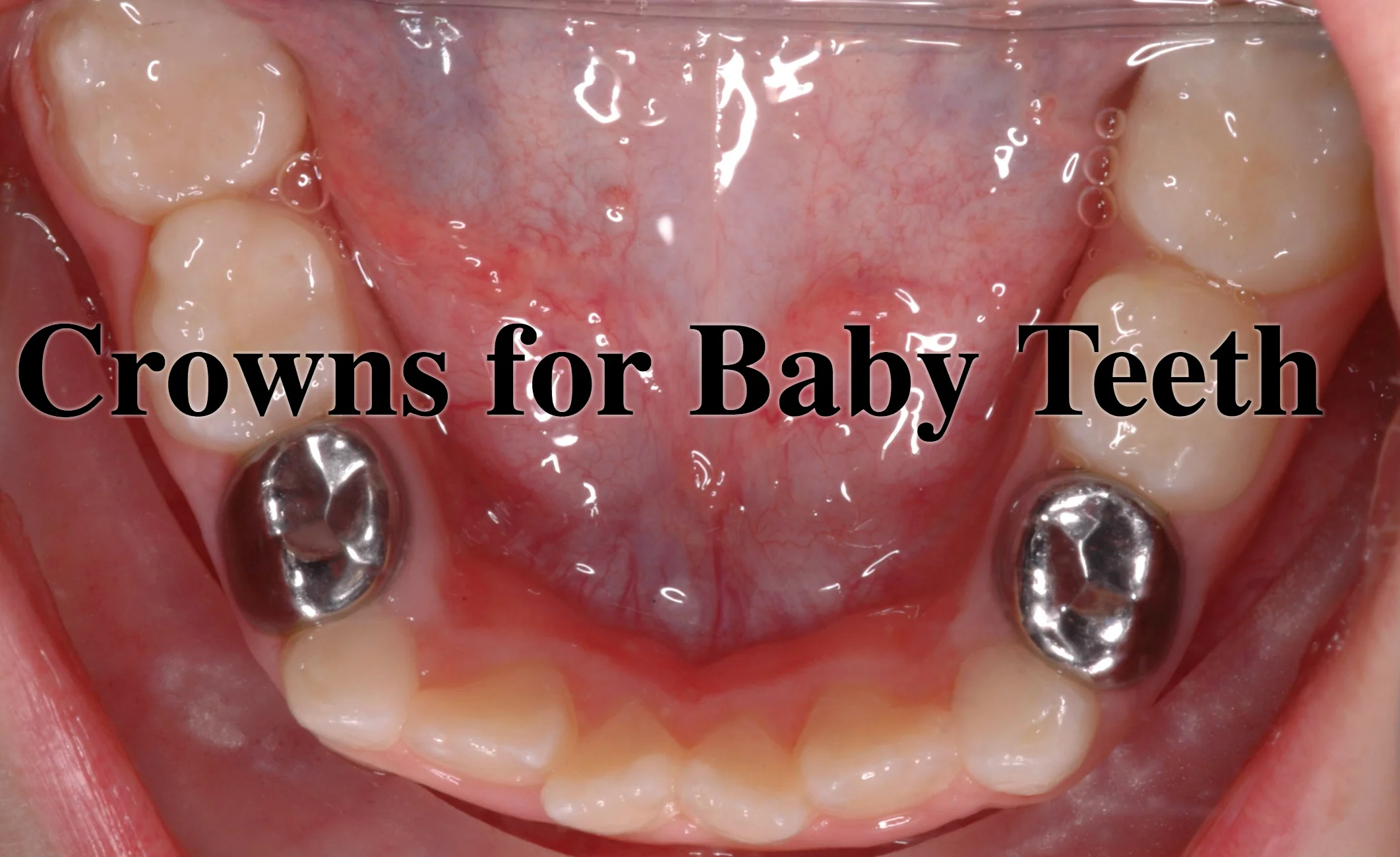We often hear of people born with "soft enamel" or "weak teeth" that have left them with a lifetime of dental problems. Naturally, genetics has to play some role in tooth decay- right? How else can we explain the the stark differences in dental experience across the population? While the foundations of dental disease are hereditary, the full answer might surprise you!
For starters, genetics can play a role in cavities and tooth decay. However, these problems affect a very small group- less than 1% of the general population. Hereditary conditions like amelogenesis imperfecta, dentinogenesis imperfecta and dentin dysplasia all cause less resistance to tooth decay and increased dental needs over a lifetime. They also come with very obvious cosmetic changes, like mottled coloring, brown/ blue enamel tones or notched edges. If your teeth appear "normal," chances are you aren't affected by one of these conditions. In addition, there are some developmental issues that can lead to weaker enamel as well. Notably, incisor-molar hypoplasia appears with mottled enamel on the permanent incisors and first molars that is less resistant to tooth decay.
In reality, the inherited component of tooth decay comes from bacterial genetics. In many instances, the cavity experience of a child's mother will predict the next generation's rate of decay. As the typical primary caregiver, close contact between mother and child leads to bacterial inoculation during a developmental period that defines the child's future oral bacteria. This is one of the reasons we stress not sharing utensils or cleaning pacifiers with spit. While all children will eventually become inoculated, delaying the start time can lower the tooth decay experience. Additionally, learned habits can play a large shaping role in tooth decay. Attitudes towards snaking, brushing/flossing, sugary foods and dental treatment become learned at a young age and can be hard to correct.
The important message here is that very few patients actually have "soft enamel," and improving dental health is an attainable goal. Controlling sugar intake, daily brushing/ flossing and frequent hydration with fluoridated water are easy and scientifically proven to lower the risk of developing cavities. If you would like to know more about tooth decay, fillings, cavities or other dental concerns, please give our office a call!























